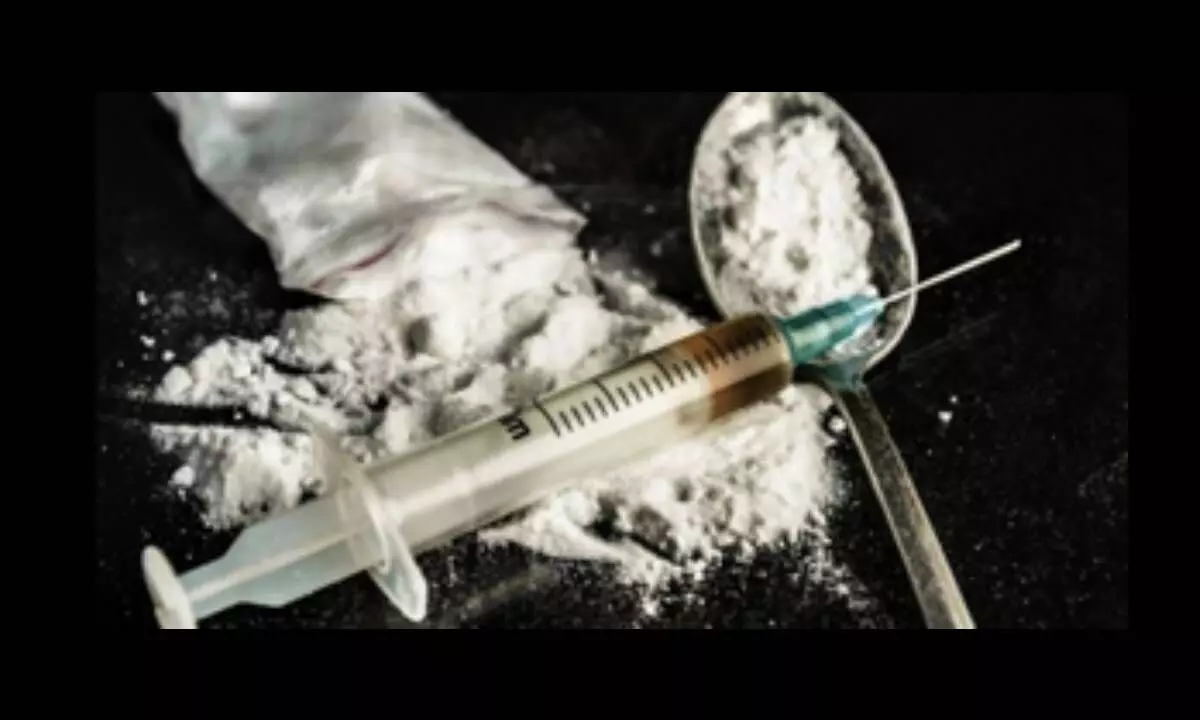Study shows inhaling fentanyl may lead to irreversible brain damage
Inhaling the synthetic opioid fentanyl -- approved by the US Food and Drug Administration for use as pain relief and anaesthetic -- can cause irreversible brain damage, according to a new study on Tuesday
image for illustrative purpose

New Delhi, April 30: Inhaling the synthetic opioid fentanyl -- approved by the US Food and Drug Administration for use as pain relief and anaesthetic -- can cause irreversible brain damage, according to a new study on Tuesday.
Fentanyl is cheap, readily available, and 50 times more potent than heroin, warned doctors in the journal BMJ Case Reports after treating a 47-year-old man found unresponsive in his hotel room after snorting the drug.
"We know very well the classic opiate side effects: respiratory depression, loss of consciousness, disorientation," said lead author Chris Eden, now a second-year resident in internal medicine at the Oregon Health & Science University
"But we don't classically think of it causing possibly irreversible brain damage and affecting the brain, as it did in this case," he added.
The middle-aged man was diagnosed with toxic leukoencephalopathy by fentanyl inhalation, which means the substance caused inflammation and damage to the brain's white matter. This led to unconsciousness and also to potentially irreversible loss of brain function, or possibly death.
The condition is manifest in various signs and symptoms, the most obvious of which are neurological and behavioural changes, ranging from mild confusion to stupor, coma, and death.
Although the recovery is slow, some people will recover fully, while others will progressively get worse.
In this case, a brain scan revealed white matter inflammation, swelling, and injury in his cerebellum -- part of the brain responsible for gait and balance.
The man remained bed-bound for 18 days later and was fed via a tube. Doctors prescribed several different drugs to treat urinary incontinence, kidney injury, cognitive impairment, suspected opioid withdrawal, pain and agitation, and pneumonia.
After 26 days, he underwent rehabilitation, and after another month, he returned home. However, outpatient physiotherapy and occupational therapy continued.
The study reported that it took him almost a year to fully recover and return to work full-time.

